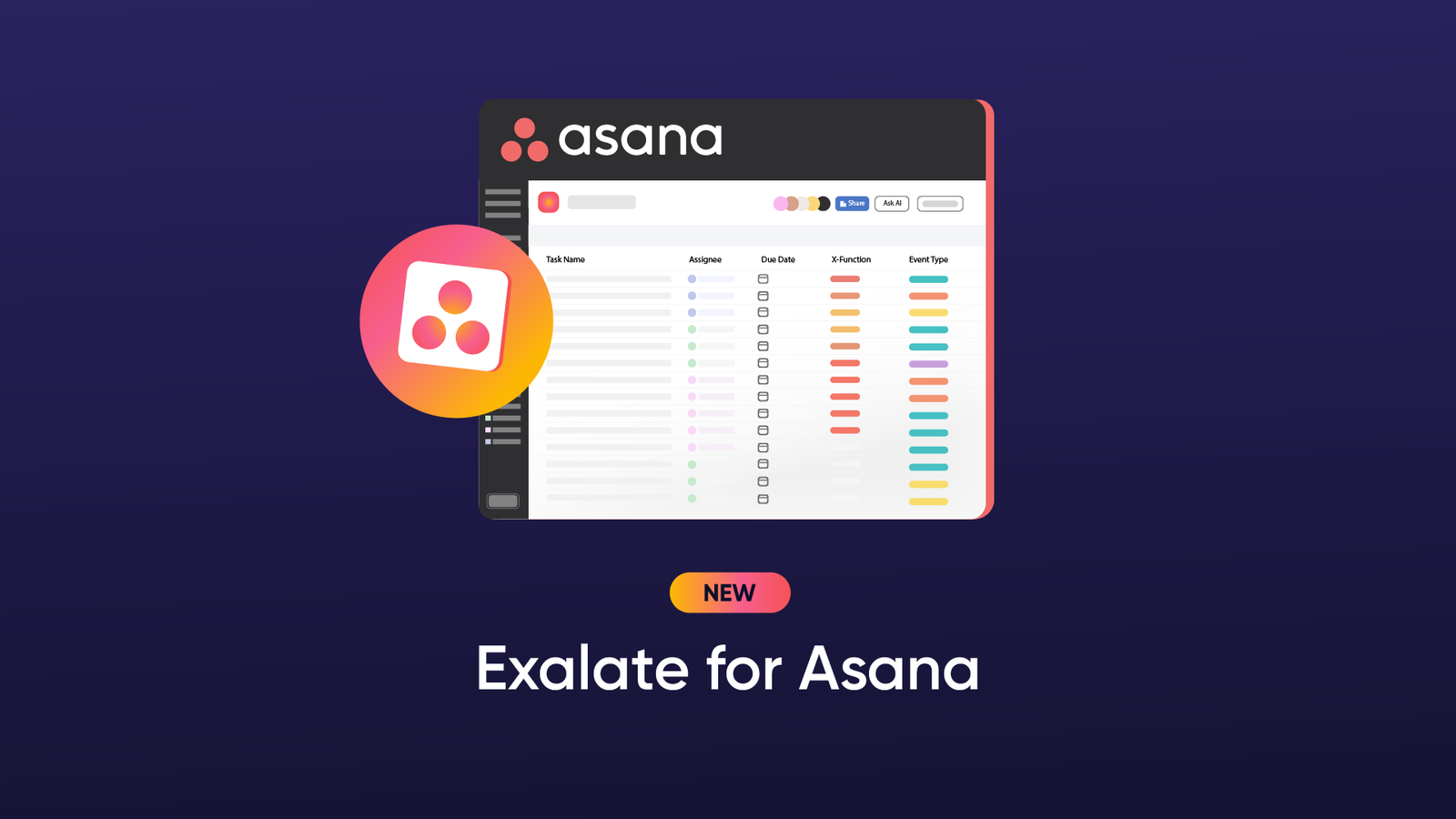About Avisi
Avisi supports organizations in their digital transformation by delivering innovative and reliable IT solutions. The company stands out by combining specialized expertise in software development, artificial intelligence, and DevOps with sector-specific experience across the energy, financial services, and government sectors. This unique approach enables Avisi’s clients to effectively anticipate complex challenges within their domains and continuously drive innovation in rapidly changing environments.
The Exalate Story
Exalate started as a product of the Idalko brand, a consultancy focused on Atlassian tools. It has since grown into an independent company, providing a leading integration solution in the global market. Exalate was developed to address a common challenge: customers wanted to collaborate across teams while continuing to use their preferred task management systems. For instance, one organization might use Jira, while another relies on ServiceNow.
Rather than forcing teams to adapt to systems that do not meet their needs—which often results in inefficiencies and errors—Exalate enables seamless data synchronization across platforms, allowing each team to operate within its own familiar environment.
Today, Exalate supports over 2,500 organizations worldwide in securely and efficiently synchronizing data across systems. Its flexibility and capacity to manage complex integration scenarios make it the preferred solution for both cross-team and cross-company needs, earning the trust of businesses of all sizes globally.
Looking ahead, Exalate is set to transform the integration process with AI-powered capabilities.
The Challenges
From the very beginning, Exalate has been driven by a vision of creating a network of interconnected organizations, collaborating seamlessly through synchronized systems. It initially started with basic one-to-one integrations, such as connecting Jira to Jira, where admins on both these instances needed to administer and manage connections on their side independently.
As the user base grew, it became more complex to manage multiple connections for every system. For instance, connecting Jira to Zendesk requires administrators in both systems to manage and modify connections. When companies work with hundreds or even thousands of customers, managing all connections becomes challenging. Logging into numerous systems to make changes is inefficient, and the risk of configuration errors disrupting connections—and potentially leading to data loss—grows. Recognizing these challenges, Exalate is evolving. The next step in its journey is to improve connection management, bringing it closer to realizing the full potential of its network vision. This evolution is focused on making the platform even more powerful and efficient in enabling interconnected collaborations on a wider scale, all while maintaining its decentralized and secure architecture.
The Solution: Exalate SyncRoom
Exalate partnered with Avisi to develop SyncRoom, a forthcoming feature designed to streamline and simplify connection management.
SyncRoom will offer administrators the ability to manage their integration networks and connected systems (referred to as nodes) from a single interface. SyncRoom will provide a complete view of all active connections, logs, and error notifications, allowing administrators to monitor connection health and address issues quickly—without having to log into each individual system.
A standout feature of SyncRoom is its flexible permission settings. While Exalate administrators can access all connections and servers, permissions can also be restricted to specific teams or groups. This enables organizations to manage their own set of servers and networks without impacting others, giving teams full autonomy within their designated environments. Whether you’re a small team or a large enterprise, SyncRoom will adapt to your needs.
This upcoming feature is a key step toward Exalate’s broader vision: automating connection management. In the future, SyncRoom will allow administrators to specify the outcomes they want and AI will take over the configuration process, making connection management both intelligent and effortless.
Data Security
Security remains a core principle at Exalate. SyncRoom will maintain the original peer-to-peer architecture, where only the connected servers communicate directly, ensuring that all data exchanged between systems is encrypted. Even though connection management will be concentrated in SyncRoom, data transfers will remain secure, direct, and fully encrypted.
Seamless Collaboration
The development of SyncRoom has resulted in close collaboration between Exalate and Avisi. The project started with a two-day Software Requirements Sprint to define the platform’s key features and functions. Exalate’s team, including a Product Owner, collaborated with Avisi’s Requirements Engineer and developers. They worked together on wireframes and design sketches, which were continuously refined based on feedback from both teams
The platform itself was developed with Kotlin and a React-based front-end. Keycloak was used to secure the platform. The collaboration between the Exalate and Avisi teams, with support from UX experts, ensured that the platform not only worked well functionally but also offered a pleasant user experience.

Results and What’s Next?
SyncRoom is currently in active testing with a select group of users. These tests provide valuable feedback and insights that will help refine the platform before its full release. While SyncRoom is not yet available to all Exalate users, the initial response has been overwhelmingly positive, and its future release promises to bring even more innovation to Exalate’s already robust integration capabilities.
Read the Dutch version of this case study here.
Disclaimer
SyncRoom is an upcoming Exalate feature, currently under development. This case study outlines its concept and intended functionality. SyncRoom is not yet available for public use. The official release date will be announced in due course. For the latest updates on Exalate’s features and capabilities, please visit the product portal.



